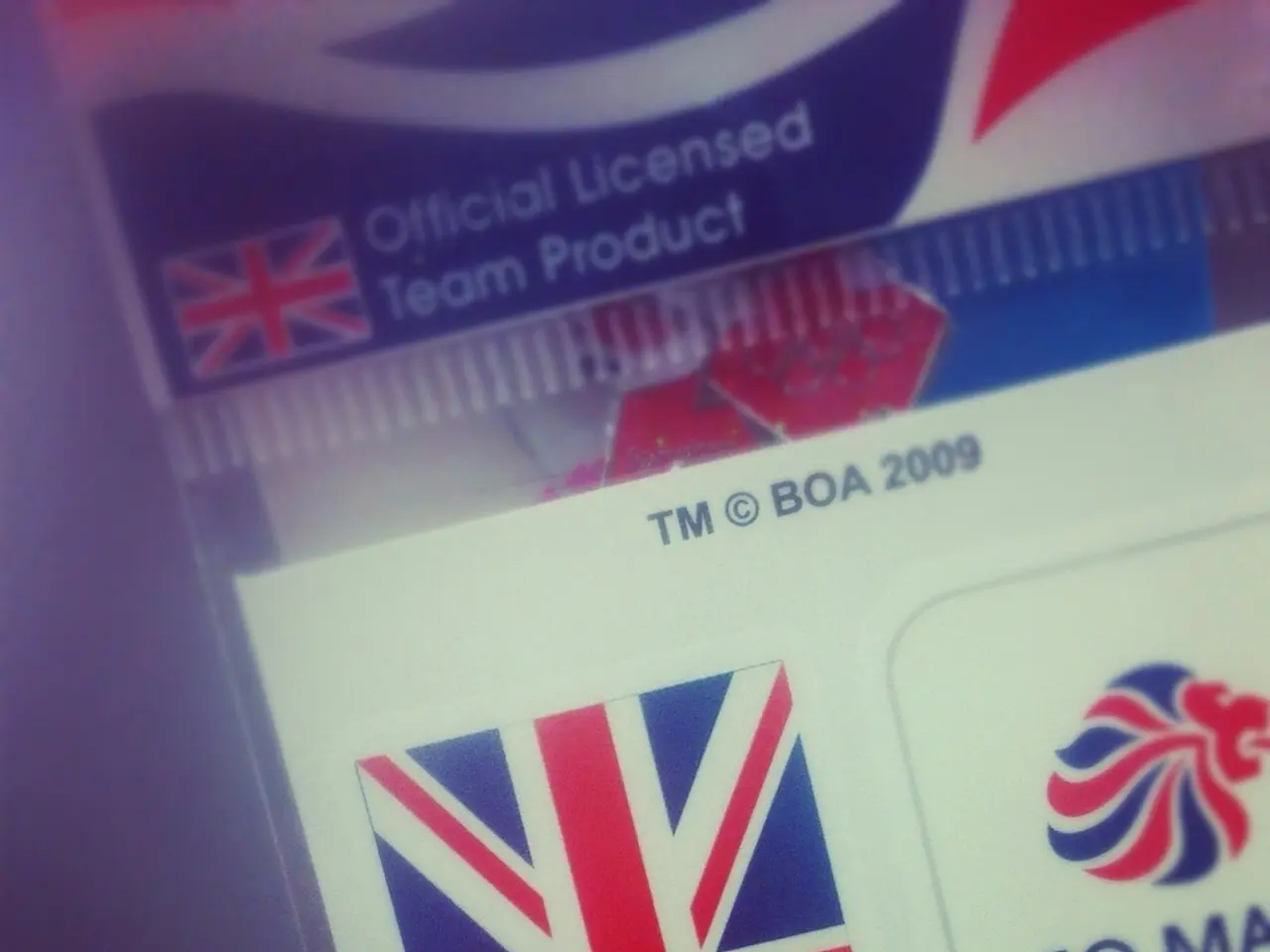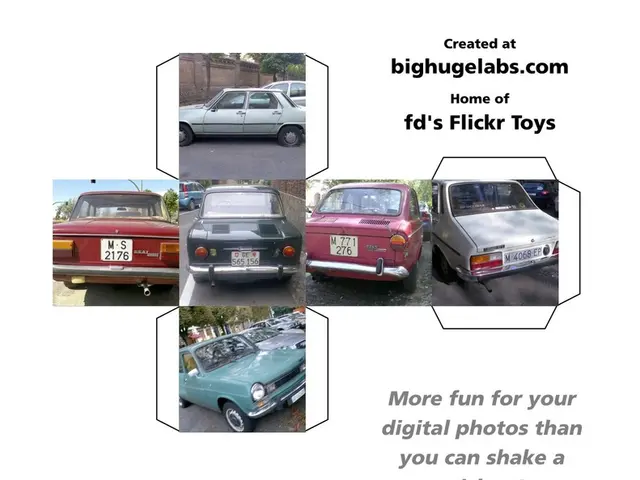Secure Email Based on REM Certification Now European Communication Norm
**Italy's Transition from PEC to Registered Electronic Mail (REM): Enhancing Legal Communications Across Europe**
Italy is set to adapt its Intesa PEC Management System to accommodate the mandatory introduction of Registered Electronic Mail (REM) mailboxes. This transition, driven by the revision of the eIDAS 2.0 regulation and a regulatory need in Italy, is expected to take place between 2025 and 2026.
Currently, PEC, regulated by Presidential Decree No. 68 of 2005, serves as the primary tool for "official communications" between professionals, businesses, and public administrations in Italy. However, REM, also known as "European PEC," is poised to replace PEC as the primary tool for such communications across the EU.
The move towards REM aims to align with broader EU digital mail services frameworks established by eIDAS regulations and Digital Europe programs, targeting enhanced cross-border interoperability, security, and user convenience.
The transition process generally involves legislative updates at the national level, technical standardization of mail services to comply with EU regulations, and infrastructure upgrades by mail service providers. Italy has been anticipated to progressively implement REM aligned with EU directives from around 2023 onwards, with ongoing rollouts anticipated through the mid-2020s.
This transition ensures compatibility with the EU Digital Single Market initiatives, enhancing cross-border legal recognition of electronic communications.
REM offers significant benefits for users and businesses, simplifying the management of legal communications at a European level. It provides a standardized system recognized across EU member states, facilitating cross-border electronic communications with legal equivalency to traditional registered mail.
REM systems implement strong sender authentication and tamper-proof delivery receipts, reducing fraud and disputes. It is also an easier, faster, and cheaper alternative to physical registered mail, streamlining administrative and legal communications. Furthermore, the reduction of paper use contributes to a more sustainable approach.
The European Commission is working to standardize certified digital services within the EU, aiming for greater interoperability. The PEC Management System offered by Intesa simplifies the management of multiple mailboxes, including future REM mailboxes, ensuring secure handling of connections to the REM mailbox for receiving and sending emails.
The use of the PEC Management System helps overcome complications of handling two-factor authentication for direct access to the REM Provider's site. The PEC Management System also provides retroactive interoperability between the retiring PEC channel and the new REM channel.
REM includes strong authentication of the mailbox holder, a feature not found in PEC. This enhances the security and legal certainty of electronic communications, making it an appealing alternative for businesses and users.
As the potential PEC user base across the EU expands, the opportunities for using the electronic legal correspondence channel within businesses also increase. Users will increasingly need an organized and traceable management of messages and receipts with the increase in PEC usage across the EU.
The transition from PEC to REM will be managed by the mailbox providers. If you require detailed official schedules or regulatory documents, consulting Italian digital government or EU digital single market sources is recommended.
- As the European digital landscape continues to evolve, data-and-cloud-computing solutions, such as the PEC Management System offered by Intesa, will play a crucial role in managing and standardizing multiple mailboxes, including Registered Electronic Mail (REM) mailboxes, ensuring secure connections across the industry.
- The incorporation of Registered Electronic Mail (REM) in business communications is not only expected to streamline administrative and legal processes within finance, but also to foster stronger connections and interoperability within the technology sector, ultimately supporting Italy's transition towards a more sustainable and digitized future.




